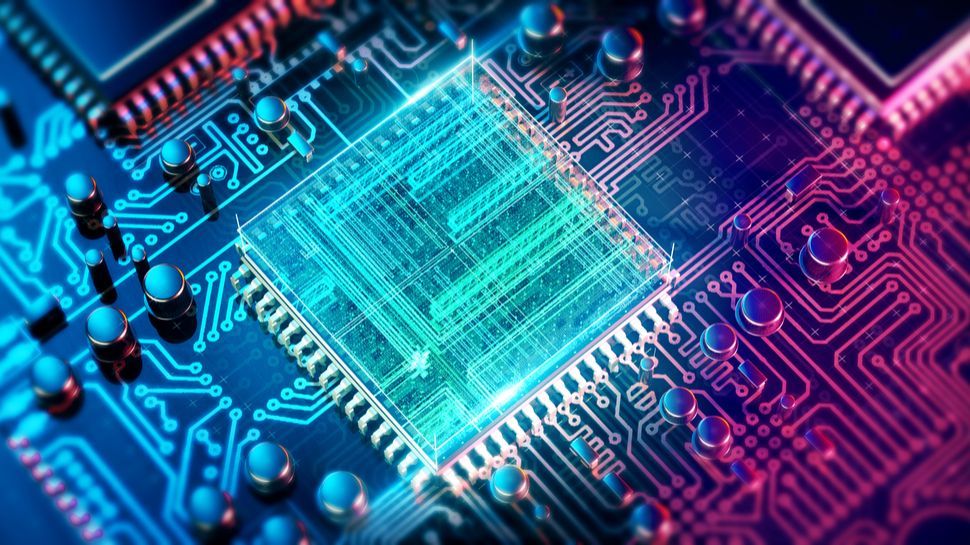The National Institute of Standards and Technology (NIST) has published its first three encryption standards designed to withstand the cracking efforts of a quantum computer.
Quantum computers will provide computing power millions of times faster than today's supercomputers, with the ability to crack current encryption standards just as quickly.
As a result, cybercriminals are already attacking organizations and stealing their encrypted data with the intention of decrypting it when they get their hands on a quantum computer. This day is known in the security community as Q-Day.
Defending against Q-Day
Our current encryption standards are used to protect almost everything we do on the internet, but they are not enough to defend us against quantum computers, so new encryption algorithms capable of withstanding an attack by a quantum computer are currently being developed to protect against both theft now and cracking in the future.
Quantum computers are particularly good at factoring, which can be used to quickly crack encryption methods. Experts predict that the first quantum computers could appear within 10 years, but for now they are likely to be in operation only for research and development purposes in the hands of their manufacturers, and it will be several years before commercially available quantum computers appear on the market.
NIST has been working to produce these three encryption standards for eight years, attracting the best and brightest in the encryption community to its cause.
“The advancement of quantum computing plays a vital role in reaffirming America’s status as a global technological power and driving the future of our economic security,” said U.S. Deputy Secretary of Commerce Don Graves.
“Trade bureaus are doing their part to ensure America’s competitiveness in quantum technology, including the National Institute of Standards and Technology, which is at the forefront of this government-wide effort. NIST is providing invaluable expertise to develop innovative solutions to our quantum challenges, including security measures like post-quantum cryptography that organizations can begin to implement to secure our post-quantum future.”
“As this decade-long effort continues, we look forward to building on Commerce’s legacy of leadership in this vital space,” Graves concluded.
Encryption standards include the computer code for the algorithms, implementation instructions, and intended uses for each form of encryption. The first, called Federal Information Processing Standard (FIPS) 203, is a general encryption standard based on the CRYSTALS-Kyber algorithm, renamed Module- and Network-based Key Encapsulation Mechanism (ML-KEM).
The second, FIPS 204, is designed to protect digital signatures using the CRYSTALS-Dilithium algorithm, renamed the Modulo-Lattice-Based Digital Signature Algorithm (ML-DSA). The latest encryption standard, FIPS 205, is also designed for digital signatures but uses a different standard than ML-DSA in case vulnerabilities are discovered in FIPS 204. FIPS 205 uses the Sphincs+ algorithm, renamed the Stateless Hash-Based Digital Signature Algorithm (SLH-DSA).









